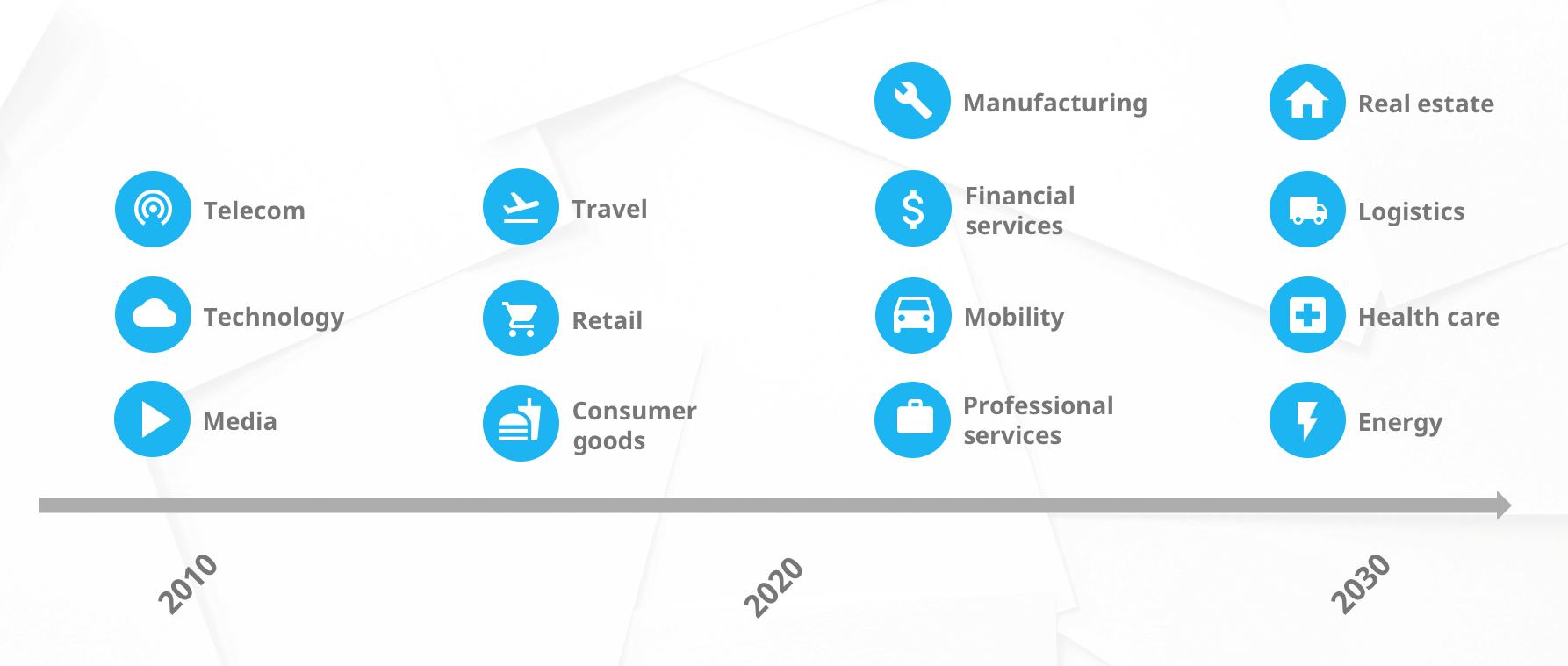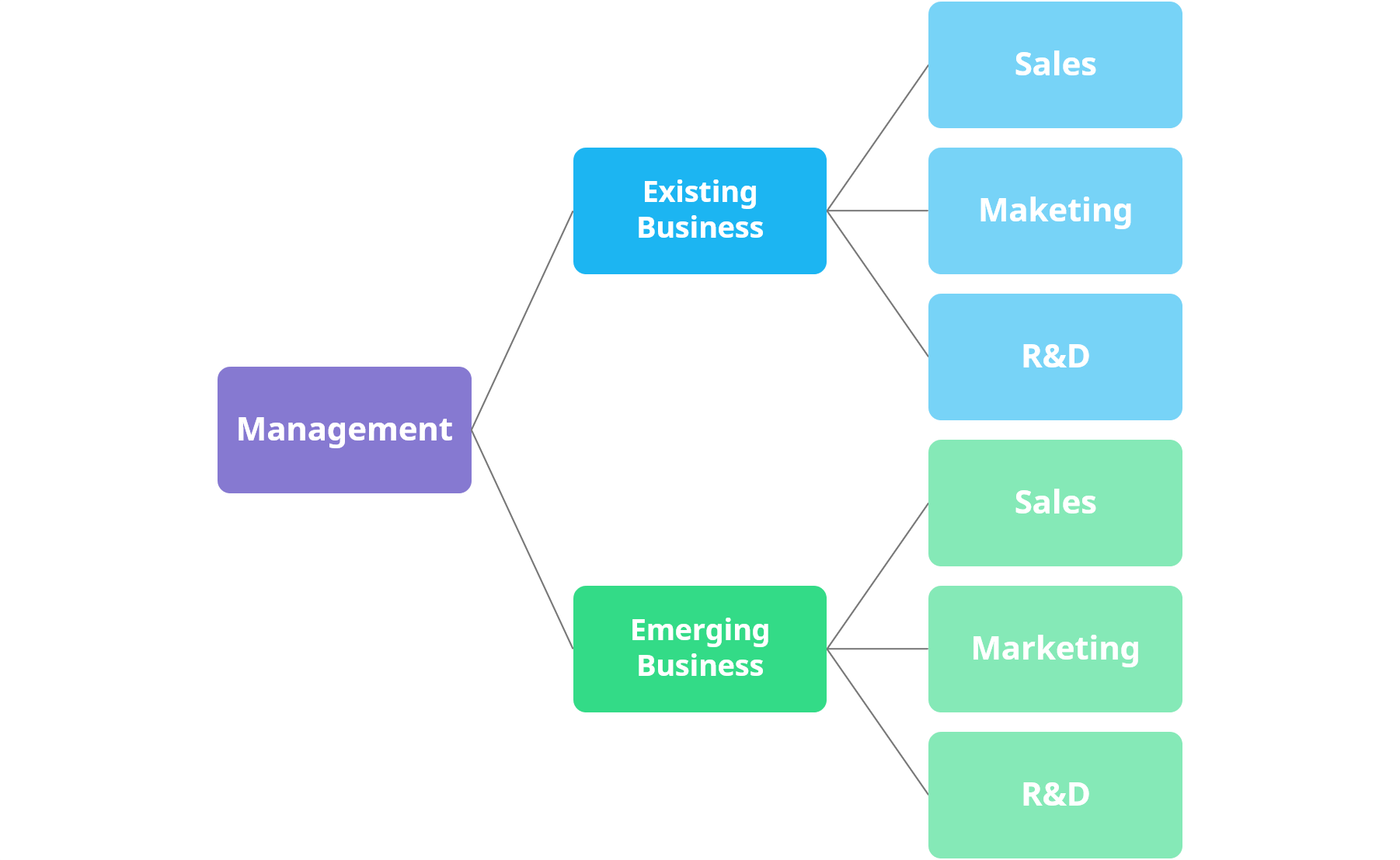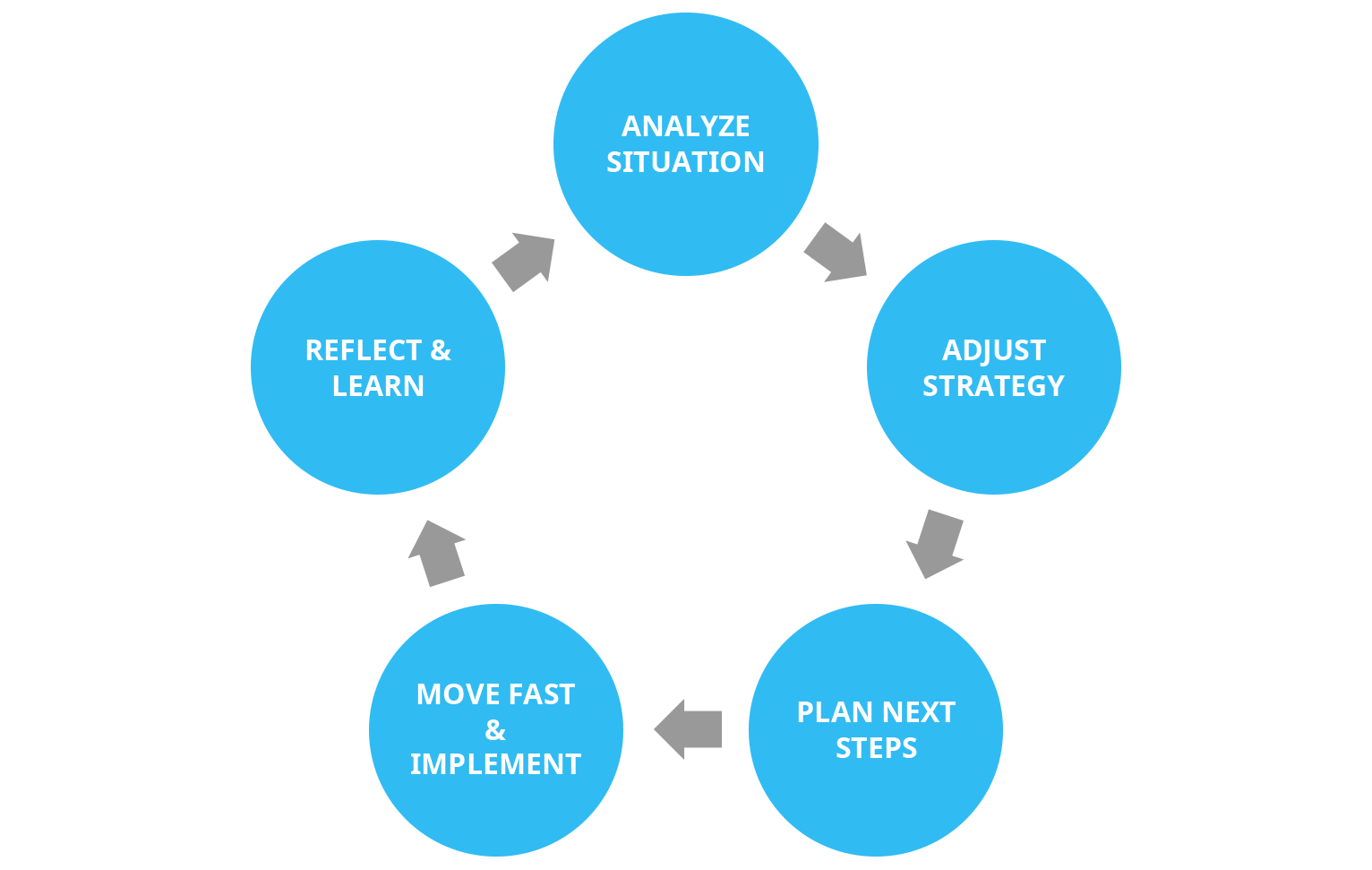The Age of Innovation is Here to Stay, Are You Prepared for It?
The Personal Computer and the Internet have, without a doubt, revolutionized business in the last 25 years.
For most of us, it’s now impossible to think of the business world without all of the technology and the services built on top of these two innovations.
Yet, what if these innovations are just teaser of what is to come in the next couple of decades?
A short primer on innovation
While it’s certainly true that innovation isn’t always a purely positive force, technological innovation has still been the biggest factor in driving long-term economic growth and improving the quality of life since the dawn of mankind.
The agricultural and industrial revolutions, as well as the adoption of electricity have clearly been huge drivers of productivity for our society.

Each of these hugely disruptive technological innovations has provided the society with a platform to build on top of, which leads to an extended period, typically 30-50 years, of highly accelerated economic growth.
This is exactly what we’re currently experiencing with all of the innovation that’s being built on top of the Internet. One example of the countless changes that this has led to is the fact that the five most valuable companies in the world as of Q2 2019, are all basically Internet companies.
Where are we headed next?
ARK Invest, an investment management company focused solely on disruptive innovation, has done a lot of research on the foundational innovations that will shape our world in the next few decades. They refer to these foundational and disruptive innovations as innovation platforms.
While information technology and the Internet still continue to drive economic growth and disrupt certain industries, we’re on the verge of the next wave. And according to ARK, it’s going to be a big one.
ARK has identified five innovation platforms that they consider to be on the verge of becoming mainstream, each of which is going to be a multi-trillion dollar platform driving costs down, creating huge demand growth across virtually all sectors and geographies. These are blockchain technology, genome sequencing, artificial intelligence (AI), robotics, as well as energy storage.
We’re on the verge of the next wave of breakthrough innovations, each of which is going to be a multi-trillion dollar platform driving costs down, creating huge demand growth across virtually all sectors and geographies.
According to their research, up until now, the biggest wave of progress like this was the beginning of the 20th century when electricity, telephone and cars were simultaneously being adopted by the society, and they’re forecasting this one to be an order of magnitude bigger.

Source: ARK Invest, used with permission.
So, while information technology and the Internet have already disrupted most information intensive industries, the upcoming wave of innovation will connect these advances with the physical world. This can obviously lead to huge productivity gains for our economy and is the primary thesis behind ARKs predictions.
You’ll be hard pressed to find an industry that won’t be affected by the upcoming wave of disruption.

What should your organization do?
While our current age of innovation is a tremendously exciting time to be alive, it is an existential threat for most incumbent organizations, and many professions.
The benefits of technological innovation do eventually cascade down with time, but the organizations and the people who are unprepared for the change will be out of business or out of jobs unless they build the capabilities needed to succeed in our current age.
For example, it’s forecasted that 50% of the S&P 500 will be replaced in the next decade.
So, what exactly should your organization do?
In essence, you need to ensure the competitiveness of your current business while simultaneously preparing for the future.
This approach is called being an ambidextrous organization.

By improving the health of your existing business with incremental improvements and innovations, you can build your cash reserves and improve your competitive position, both of which will help buy you time if you’re about to be disrupted. However, at the same time, you should already be working on the big innovations that will serve as the backbone upon which you can build the future of your organization.
Unless your organization is in an extremely desperate situation, it usually doesn’t pay off to put all of your eggs in one basket, namely, to shoot for that next big disruptive innovation. As we’ve seen time and again, just spending a lot on R&D doesn’t necessarily make you more innovative.

On the other hand, innovation is always a process that takes a lot of time, as does building the skills and capabilities you need to succeed in innovation in the first place. Thus, the best time to start working on innovation was yesterday.
The best time to start working on innovation was yesterday.
Building your innovation chops
To succeed in innovation, you first need to understand how innovation works. The big thing to know about innovation is that it’s always hard, and there’s always plenty of uncertainty involved.
And, as Richard Rumelt well explains in his classic book Good Strategy/Bad Strategy, when there’s plenty of uncertainty involved, static long-term strategies rarely work. Thus, while you can – and should – have plans for the future, you must also be prepared to change them. The key is to try to constantly improve your position and prepare to take advantage of upcoming changes.
Innovation is a continuous, iterative, journey of learning, getting better and then capitalizing on the opportunities that you identify as you learn and gain more insight into the future of your industry and the unmet needs and desires of your potential customers.

Having worked closely with hundreds of organizations, we’ve yet to see a company that would be getting great results from innovation and wouldn’t constantly be changing and adjusting all of their products and services to match the needs of their customers, as well as the way they actually work and innovate.
For example, one of our large enterprise customers operating in an industry that is experiencing turbulent times has recently made a remarkable turnaround from declining top-line figures to now having positive and steadily increasing top-line growth figures for three consecutive years. Their CEO had a great way to summarize how that happened:
“This [the impressive results since the turnaround] is the result of us being able to implement hundreds or even thousands of improvements over the last few years, day by day making it easier and better to be a customer with us.â€
– CEO of a large multinational enterprise
Those thousands of improvements naturally include many minor improvements in their products, their customer service and their internal processes, but they also include a number of brand-new services, some of which they are pioneering in their industry.
Conclusion
In the end, innovation is an endless journey consisting of tons and tons of small improvements every day while ultimately aiming to capitalize on those big opportunities down the road.
Once you realize that, innovation no longer needs to be about coming up with the next iPhone or a cure for cancer, it’s simply about systematically making changes and introducing them to shape the future of your organization in the right direction.
That’s certainly something you can take control of and even start doing today, helping you to survive, and maybe even thrive, in the age of innovation.
If you’re not sure on where to start, I’d recommend you check our Ultimate Toolkit for Innovation Management. It provides you with a solid overview of innovation management, as well as plenty of practical tools and methods for getting started.
Originally published at https://www.viima.com.
Image credit: Wikimedia
Wait! Before you go…
Choose how you want the latest innovation content delivered to you:
- Daily — RSS Feed — Email — Twitter — Facebook — Linkedin Today
- Weekly — Email Newsletter — Free Magazine — Linkedin Group
 Jesse Nieminen is the Co-founder and Chairman at Viima, the best way to collect and develop ideas. Viima’s innovation management software is already loved by thousands of organizations all the way to the Global Fortune 500. He’s passionate about helping leaders drive innovation in their organizations and frequently writes on the topic, usually in Viima’s blog.
Jesse Nieminen is the Co-founder and Chairman at Viima, the best way to collect and develop ideas. Viima’s innovation management software is already loved by thousands of organizations all the way to the Global Fortune 500. He’s passionate about helping leaders drive innovation in their organizations and frequently writes on the topic, usually in Viima’s blog.
NEVER MISS ANOTHER NEWSLETTER!
LATEST BLOGS
Credit Card Shenanigans
It must be great to be in the credit card business in the United States. Demand is relatively inelastic and regulation is lax, so you can charge whatever you want for an interest rate, increase your fees once or twice a year, and make additional money off cash withdrawals and foreign exchange transactions.
Read MoreBuilding an Experience
As people become ever more immune to traditional advertising and marketing, branding will become more important. Branding is all about building an emotional connection with customers. Making the decision to follow a strategy focused on building a brand is not without peril, however, as it means that you will have to choose to not do certain things, like pursue a low price strategy.
Read More- « Previous
- 1
- …
- 4,132
- 4,133
- 4,134




